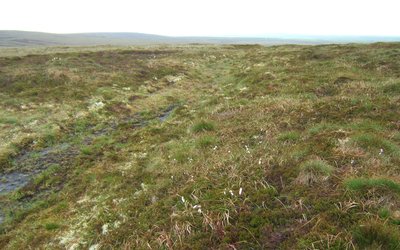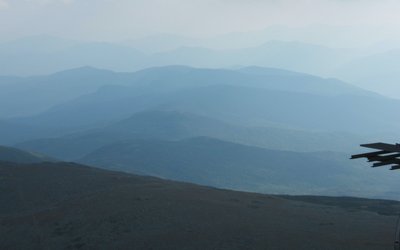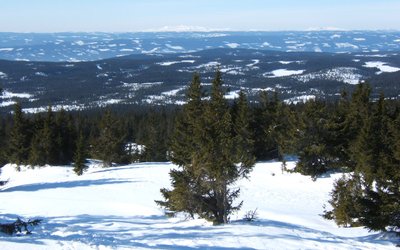Harvesting: opportunities to adapt Romanian forests to climate change
February 8, 2016

In former socialist East European countries (EEC), many forest regions experienced large-scale changes during the last 70 years. These changes included severe cuttings during or after the Second World War, the nationalization of forests, widespread planting of conifers, and re-privatization after the 1990s. This history strongly influences the current species composition and age structure of forests). A large amount of Eastern European forests will reach harvestable age in the next 50 years as a result of the post-war conifer plantations and the cessation of coppice management.
A study for the Eastern Carpathians of Romania showed that harvesting (shorter rotations and more intense thinnings) can be seen as a chance to undergo active adaptation with respect to species composition: the regeneration cut is a critical momentum of change. The occurrence of many mature stands in Romania is an opportunity to implement large-scale harvests to change species composition and possibly foster climate change adaptation. The study indicates that under moderate and intermediate climate change, species composition changes principally in harvested stands and not in stands not harvested. Under extreme climate change, however, the species change even before harvest.
Under severe climate change conditions, 100 years are not sufficient to completely adapt the species composition to climate change and to avoid important losses of biomass. The development of new stands with more drought-resistant species is slower than the projected climate shifts, and even proactive management cannot prevent a transition period with very low stocks due to either limited growth or young stands which typically display a lower biomass per hectare than mature stands. This does not exclude the possibility that large biomass stocks could build up in the longer term.
Source: Bouriaud et al., 2015. Regional Environmental Change 15: 1557–1568.
Photo: Horia Varlan (www.Flickr.com)








